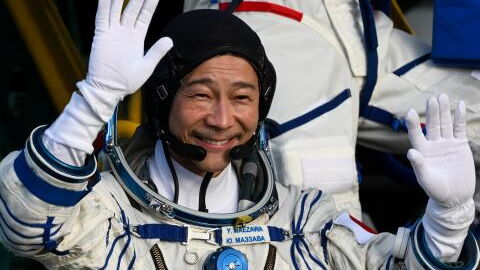On September 21st, the MINERVA-II1 rovers separated from the Hayabusa 2 spacecraft and began their exploration of the Ryugu asteroid, located about 200 million miles from the Earth. The rovers sent us new photos of the surface today and unsurprisingly, it is ... rocky. But these images still manage to increase our fascination of these distant worlds.
Discover our latest podcast
‘I cannot express my joy at the idea that we have been able to set up a mobile exploration mission on the surface of an asteroid,’ exclaims Yuichi Tsuda, project manager for the Japanese JAXA space agency. After sending back some unbelievable yet slightly blurry first shots, the probe surprised once again, taking the most accurate images she has ever captured of Ryugu's rocky soil.
The Hayabusa 2 Mission
The Hayabusa 2 probe is the heir to the first Hayabusa probe (which means ‘peregrine falcon’ in Japanese), launched in 2003. Its cargo was increased by about 100 kg which allows for a new, more thorough mission, built on the basis of the findings of the first. The probe recently deployed two of its four rovers which are intended to explore Ryugu.
These rovers, hardly larger than cans of paint move by leaps on the surface of the asteroid whose force of gravity is much less than that which we are subjected to. The surface of the asteroid, which has a diameter of about 3000 feet, will also be subjected to blasting in order to reveal the materials present at its depths; they will then be collected and sent back to Earth.
Thanks to the Hayabusa 2 mission, the researchers hope to learn more about type C (carbon) asteroids, which have a chemical composition similar to that of the early solar system. Thanks to its analysis, we could gradually reconstruct the history of the solar system and eventually, unlock the mystery of the appearance of the first life forms.















